Phosphorus is abundant in several chemical substances such as DNA and biological membranes. The 31P nucleus is one of the key isotopes of phosphorus owing to its 100% natural abundance and wide range of chemical shift. In biological NMR spectroscopy, the 31P nucleus is the most commonly used.
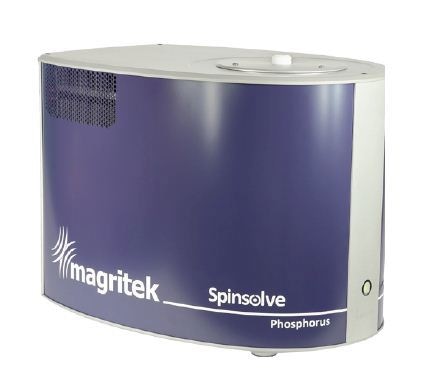
Figure 1. Spinsolve Phosphorus-31 Benchtop NMR
Benefits of Phosphorus-31 Benchtop NMR
The key benefits of the Phosphorus-31 Benchtop NMR are:
- Inexpensive
- Quick and robust
- High performance
- Easy operation
- Low maintenance
- No cryogens
- Accessibility
Applications
The following are the major applications of the Phosphorus-31 Benchtop NMR:
- Purity Assessment
- Pharmaceutical Chemists
- Medicinal Chemists
- Structure Elucidation
Phosphoramidites NMR spectra examples of Spinsolve Phosphorus
The figure 2 and 3 show the 1H (top) and 31P (bottom) NMR spectra of two phosphoramidite solutions that are involved in DNA synthesis:
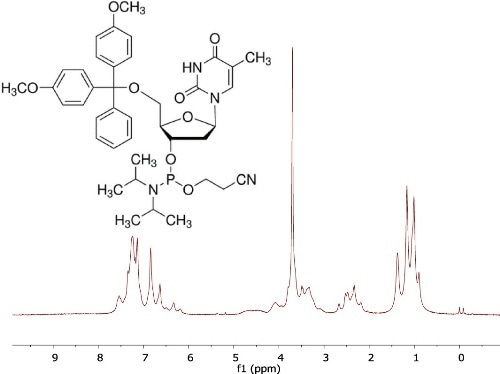
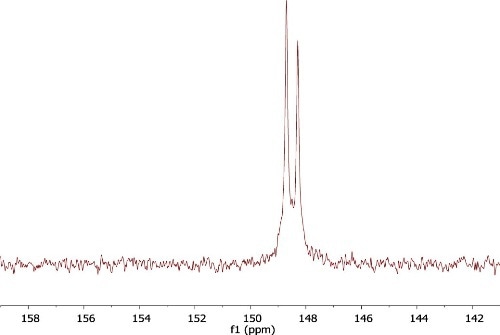
Figure 2. 1H (top) and 31P (bottom) spectra of dT Phosphoramidite
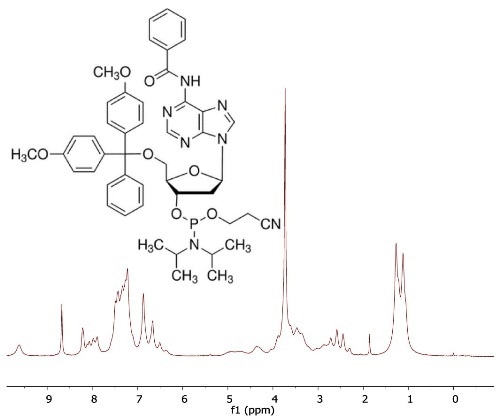
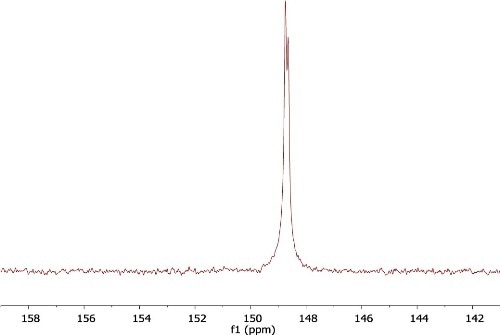
Figure 3. 1H (top) and 31P (bottom) spectra of dA(bz) Phosphoramidite
NMR Software
The key features of NMR software are:
- Composite pulse decoupling
- T1 and T2 relaxation experiments
- 2D COSY and homo-nuclear j-resolved spectroscopy
- Standard 5 mm NMR tubes
- 1D 1H, 19F and 31P experiments
The main benefits of NMR software are:
- Negligible user controlled parameters
- Automated and convenient operation
- Uncomplicated one-button operation
- Hidden complexities of conventional NMR
- Simple intuitive graphical interface
Specifications
The specifications of the Phosphorus-31 Benchtop NMR are:
- Stray field: < 2 G all around system
- Magnet: Permanent and cryogen free
- Weight: 55 kg
- Dimensions: 58 x 43 x 40 cm
- 1H Lineshape: 0.55% linewidth < 20 Hz
- 1H Resolution: 50% linewidth < 0.7 Hz (16 ppb)
- Frequency: 42.5 MHz Proton, 17.4 MHz Phosphorus
Other Spinsolve products
Other Spinsolve products include the following:
Spinsolve Carbon
The key features include:
- 2D heteronuclear correlation experiments HETCOR, HMQC, HMBC, HSQC
- Composite pulse decoupling
- Spectral editing with DEPT
- 1H, 19F and 13C nuclei
Spinsolve
The key features include:
- Reaction monitoring
- 2D COSY and JRES
- Relaxation time experiments
- 1H and 19F nuclei
About Magritek
Founded in 2004, Magritek is an advanced technology company exporting from Germany and New Zealand to customers all over the world. The initial technology and IP used in Magritek products was developed by research teams at RWTH Unviersity, Germany, and Massey University and Victoria University of Wellington in New Zealand.
Today, Magritek provides complete NMR and MRI system solutions for the oil and gas industry, as well as components and subsystems suitable for research laboratories and education.

This information has been sourced, reviewed and adapted from materials provided by Magritek.
For more information on this source, please visit Magritek.